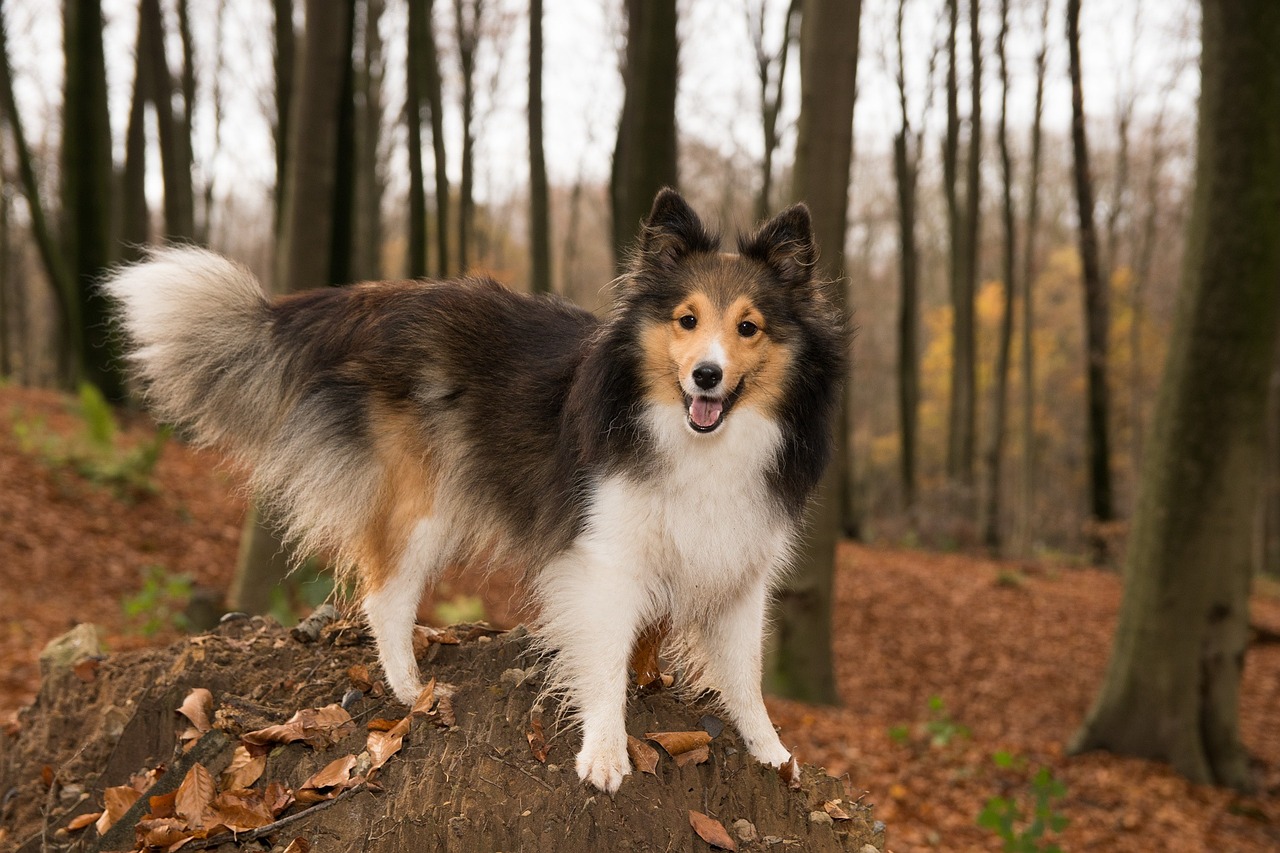When considering bringing a dog into one’s home, understanding its natural temperament and potential behavior is essential. One such dog that has stolen the hearts of many is the Sheltie. Shelties, also known as Shetland Sheepdogs, are known for their intelligence, herding instinct, and striking appearance. But what about their temperament? Are Shelties aggressive?
Origins of the Sheltie Temperament
Shelties originate from the Shetland Islands of Scotland. Bred primarily for herding, they are intelligent, alert, and hardworking. Their role required them to be attentive and responsive, but it didn’t require aggression. Instead, Shelties were trained to herd sheep by barking and displaying an assertive demeanor, not by biting or attacking.
Shelties and Human Interaction
Shelties have a deep loyalty and affection for their families. They are often described as being eager to please, making them relatively easier to train. However, they can be reserved around strangers. This wariness should not be mistaken for aggression; it’s more a sign of caution. When a Sheltie is introduced correctly and given time to familiarize itself, this initial reserve usually diminishes.
The Influence of Training on Sheltie Behavior
Like all breeds, the behavior of a Sheltie greatly depends on training. Given their high intelligence and eager-to-please nature, Shelties often excel in obedience and agility training. Proper training from an early age can also help mitigate any unwanted behaviors.
Early Socialization: Exposing Shelties to different environments, people, and animals from a young age can help curb potential aggression. This early exposure ensures they are well-adjusted and confident in various situations.
Consistent Training: Shelties respond well to consistent and positive reinforcement techniques. Rewarding good behavior and gently correcting undesirable actions ensures they understand boundaries.
Channeling the Herding Instinct: Given their herding background, Shelties can sometimes exhibit nipping behavior, especially when playing. It’s essential to direct this instinct positively, perhaps through herding exercises or games that challenge their intelligence.
Environmental Factors Affecting Sheltie Behavior
While training plays a pivotal role, the environment in which a Sheltie is raised also significantly influences its behavior. A loving, stable environment can foster a well-adjusted dog.
Home Environment: A Sheltie that feels secure and loved is less likely to exhibit aggressive tendencies. Ensuring they have a safe space in the home, a routine, and regular interaction can make a significant difference.
Interaction with Other Animals: If raised with other pets, Shelties usually get along quite well. However, introducing them to other animals gradually and under supervision is recommended.
Stimulation: Shelties are bright and require mental stimulation. Boredom can lead to destructive behaviors. Regular play, training sessions, and interactive toys can keep them engaged.
When Aggression May Occur
Like all dogs, Shelties can exhibit aggressive tendencies in specific situations, such as when they are scared, threatened, or unwell. Being aware of these triggers and ensuring the dog feels safe can help prevent aggressive behavior.
Conclusion
In essence, Shelties are not inherently aggressive. Their natural temperament leans more towards caution, intelligence, and eagerness to please. With the right training, environment, and care, Shelties make affectionate, loyal, and well-behaved companions. As with all breeds, understanding and catering to their unique traits and needs is the key to a harmonious relationship.
Frequently Asked Questions About Shelties & Aggression

1. Are Shelties naturally aggressive?
Shelties are not inherently aggressive. They are bred for herding and are known for their intelligence, loyalty, and alertness. While they might be wary of strangers, this doesn’t equate to aggression. With proper socialization, they can be amiable and well-adjusted dogs.
2. Why does my Sheltie bark so much?
Shelties have a natural herding instinct, which often manifests in barking. They bark to alert their owners of strangers or potential threats. With proper training, you can manage and reduce excessive barking, ensuring they only bark when necessary.
3. Can training reduce any aggressive tendencies in Shelties?
Absolutely. Training, especially when started early, can significantly influence a Sheltie’s behavior. Consistent, positive reinforcement techniques can mitigate unwanted behaviors and encourage desirable ones.
4. How does the environment affect a Sheltie’s behavior?
The environment plays a crucial role in a Sheltie’s behavior. A loving, stable, and stimulating environment fosters a well-adjusted dog. Conversely, neglect, inconsistent training, or an unstable environment can lead to behavioral issues.
5. Are Shelties good with children and other pets?
Yes, Shelties generally get along well with children and other pets, especially if introduced properly and early. However, due to their herding instinct, they might try to “herd” young children by nipping at their heels, so it’s essential to monitor their interactions.
6. Why might a Sheltie display aggression?
Like all dogs, Shelties can show aggressive tendencies when scared, threatened, or unwell. Proper socialization, understanding their triggers, and ensuring they feel safe can help prevent aggressive behaviors.
7. Is early socialization important for Shelties?
Early socialization is pivotal for Shelties. Exposing them to various environments, people, and animals from a young age ensures they grow to be confident and well-adjusted adults, reducing the chances of aggressive behavior.
8. How can I channel my Sheltie’s herding instinct positively?
You can positively direct a Sheltie’s herding instinct through specialized herding exercises, agility training, or games that challenge their intelligence. This ensures they have a constructive outlet for their innate behaviors.
9. What are the benefits of adopting a Sheltie from a rescue or shelter?
Adopting a Sheltie from a rescue or shelter gives a dog a second chance at a loving home. Often, these dogs are already trained and socialized, reducing the initial effort required from new owners. Adopting also helps alleviate the pressure on overburdened shelters and promotes responsible pet ownership.
10. How can I ensure my Sheltie is well-adjusted and non-aggressive?
Ensure your Sheltie has a loving and stable environment, proper training, and regular socialization opportunities. Understanding their unique traits, providing mental stimulation, and establishing a trust-based relationship are key components to having a well-adjusted and non-aggressive Sheltie.
 Toledo, United States.
Toledo, United States.
